 June 25, 1985: Microsoft co-founder Bill Gates sends a memo to Apple execs suggesting that Cupertino should license its Mac operating system and additional technology to other companies.
June 25, 1985: Microsoft co-founder Bill Gates sends a memo to Apple execs suggesting that Cupertino should license its Mac operating system and additional technology to other companies.
Apple CEO John Sculley and Macintosh boss Jean Louis Gassée ignore the advice of the 30-year-old Gates, who at the time is best known as a Mac developer. Five months later, Microsoft releases Windows 1.0.
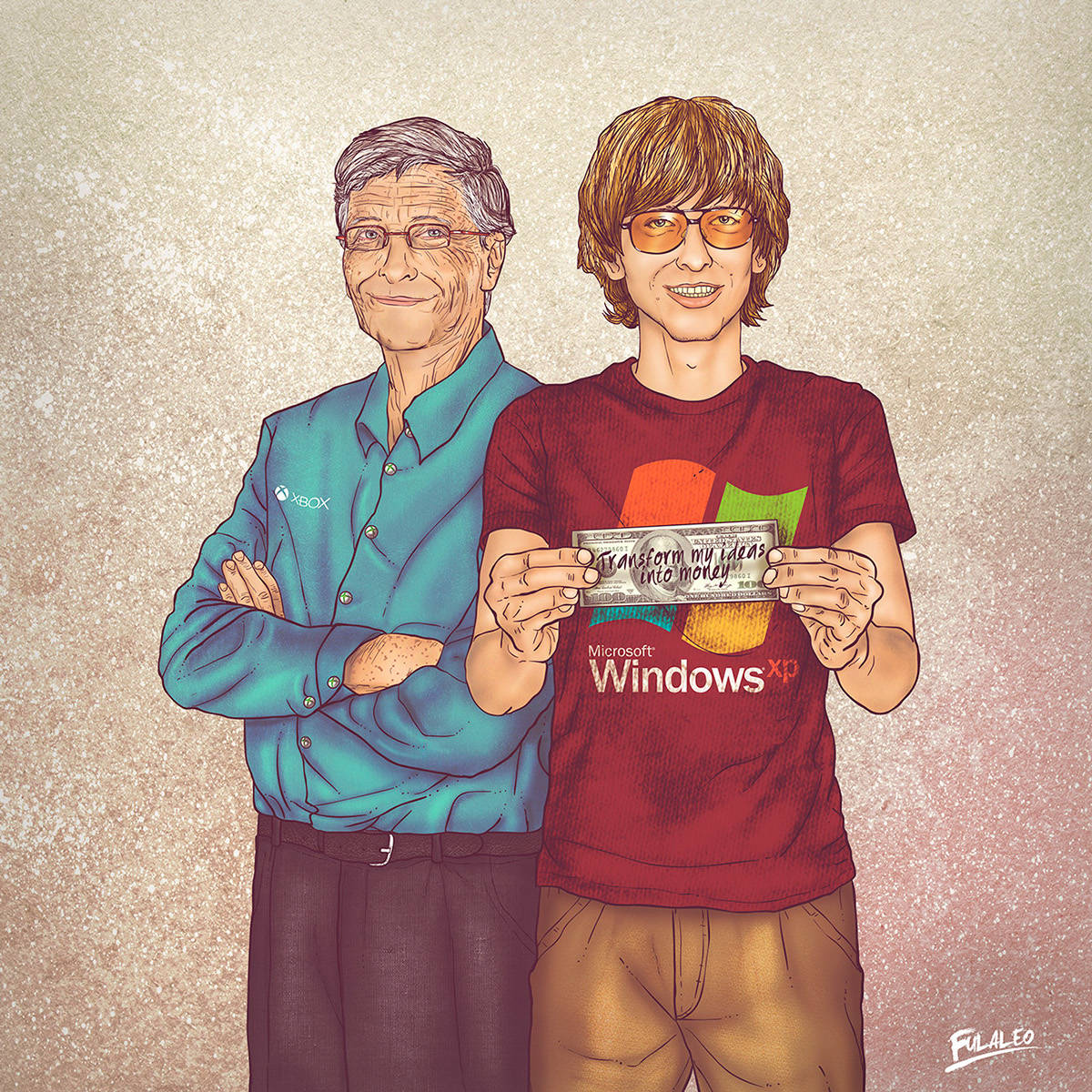
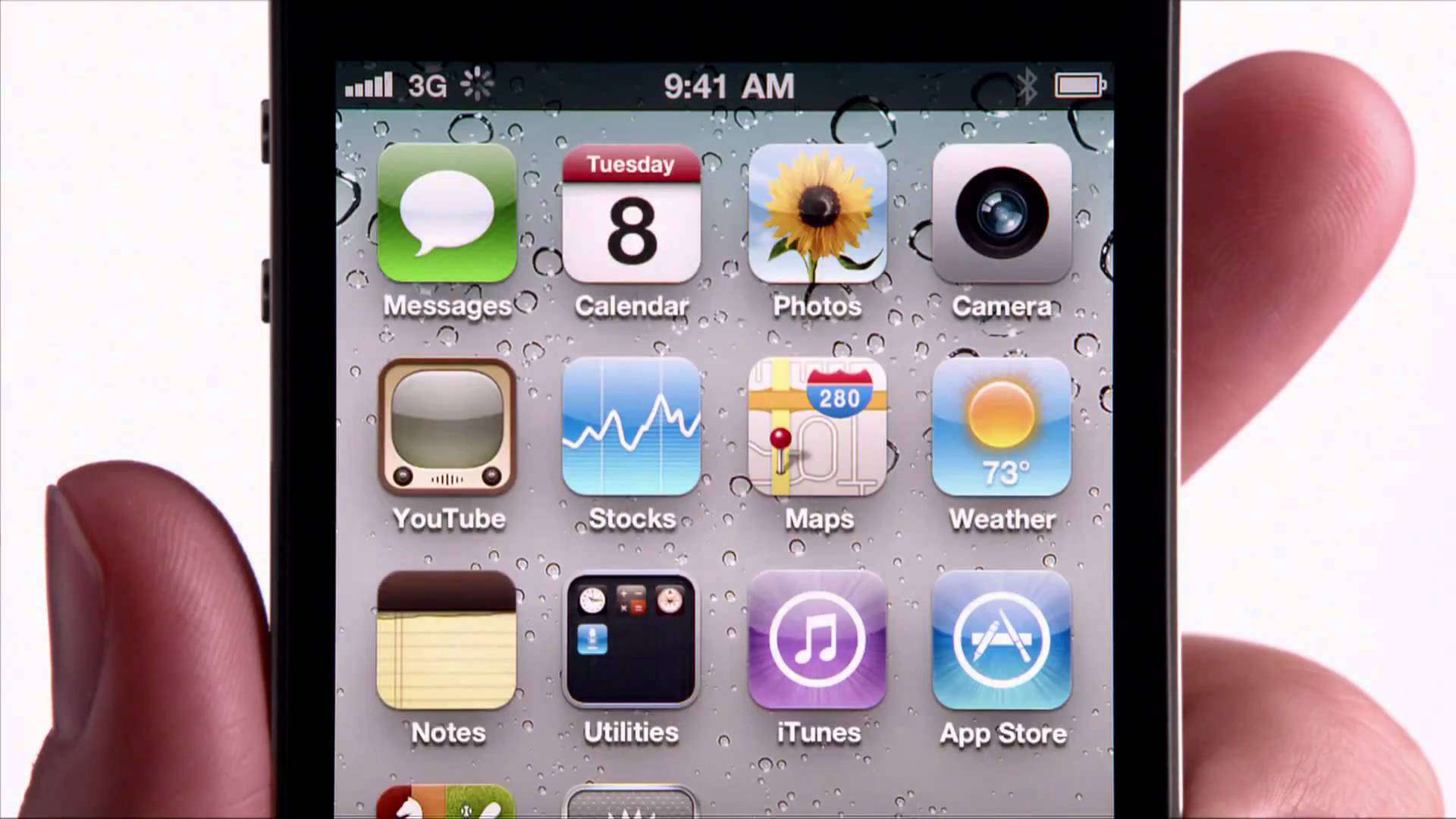
 June 24, 2010: Apple’s fourth-generation smartphone, the iPhone 4, goes on sale.
June 24, 2010: Apple’s fourth-generation smartphone, the iPhone 4, goes on sale.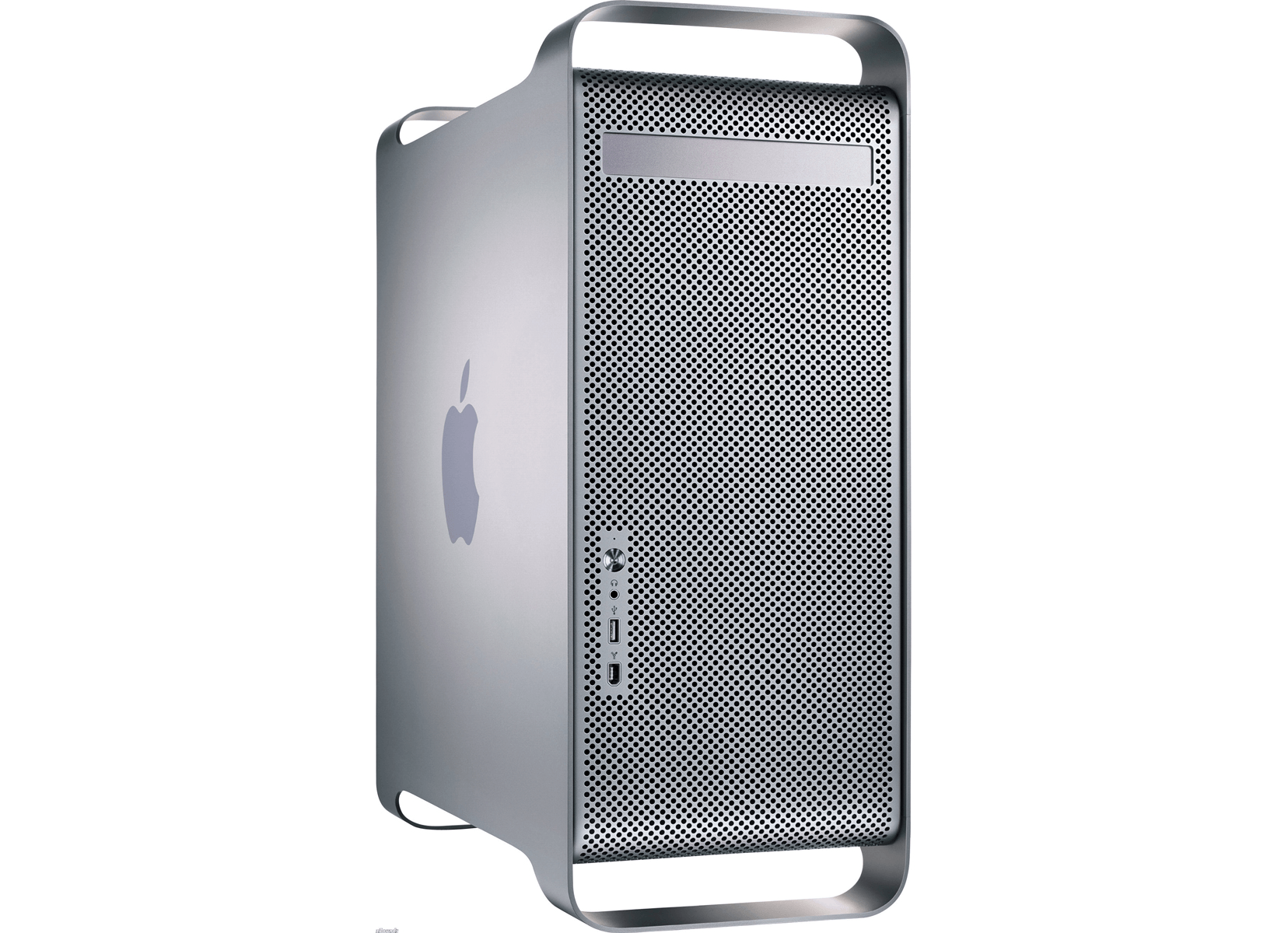
 June 23, 2003: Apple launches its gorgeous Power Mac G5, a powerhouse desktop computer with a perforated aluminum chassis that earns it the affectionate nickname “the cheese grater.”
June 23, 2003: Apple launches its gorgeous Power Mac G5, a powerhouse desktop computer with a perforated aluminum chassis that earns it the affectionate nickname “the cheese grater.”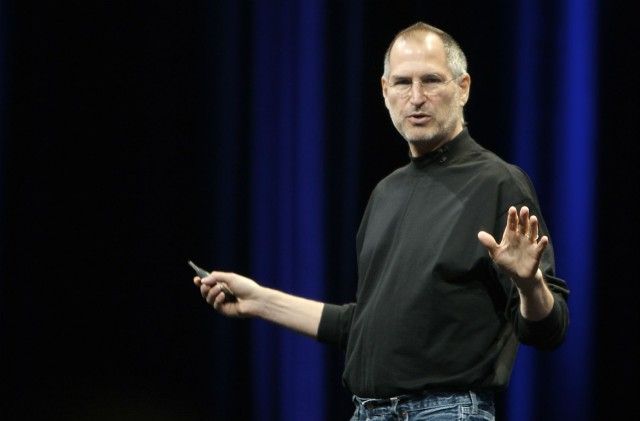
 June 22, 2009: Steve Jobs returns to work at Apple, a couple of months after undergoing a liver transplant as part of his cancer treatment.
June 22, 2009: Steve Jobs returns to work at Apple, a couple of months after undergoing a liver transplant as part of his cancer treatment.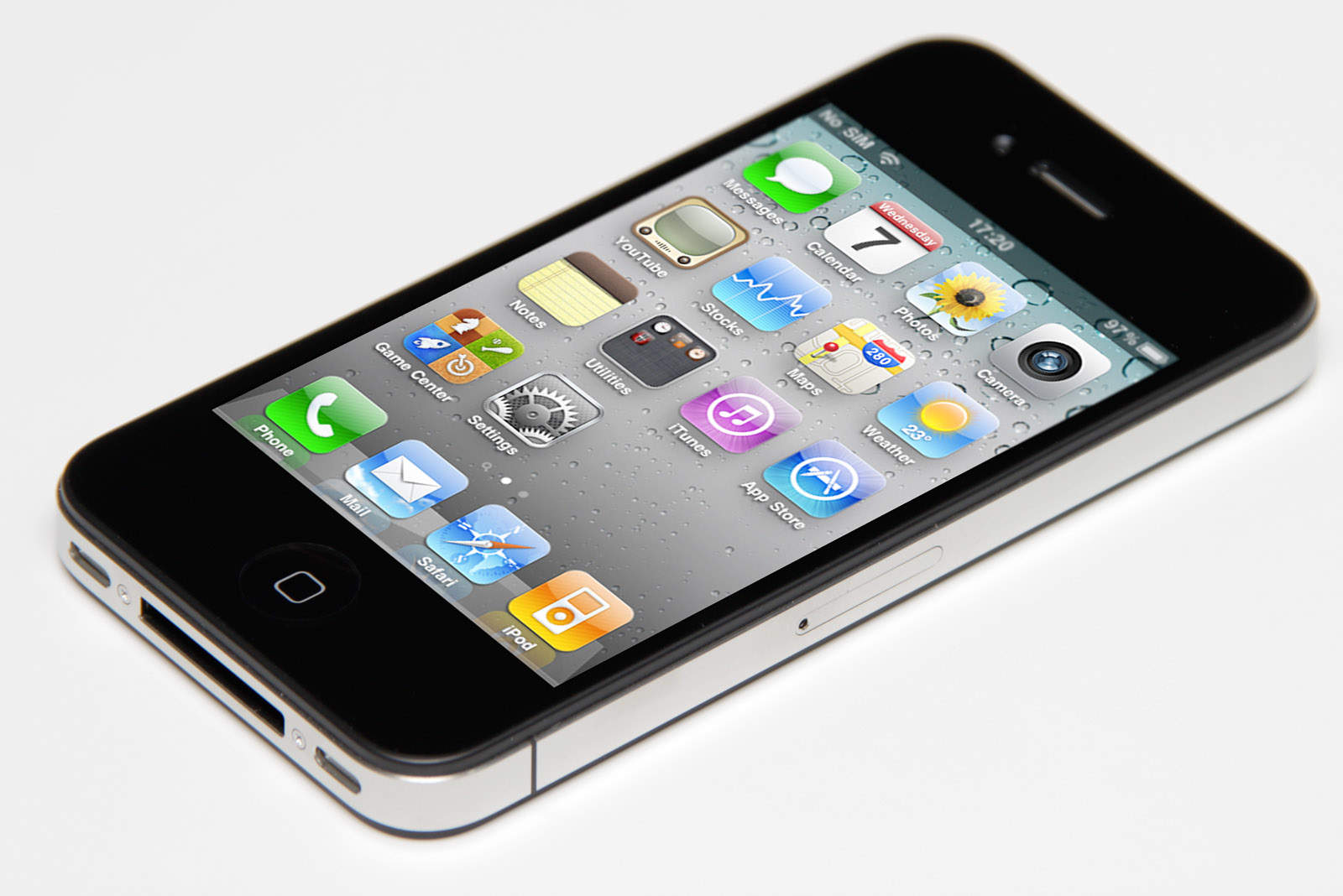
 June 21, 2010: Apple releases iOS 4, which introduces a range of productivity features as well as the FaceTime videotelephony service.
June 21, 2010: Apple releases iOS 4, which introduces a range of productivity features as well as the FaceTime videotelephony service.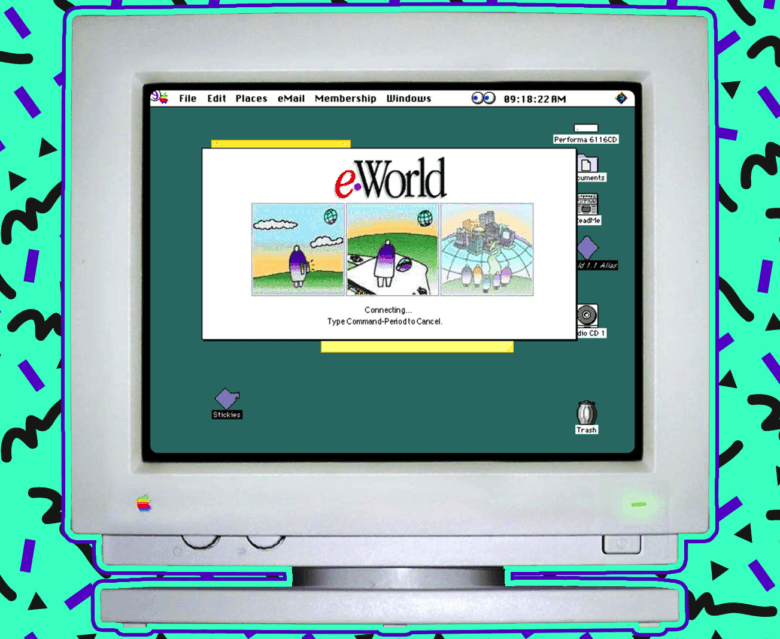
 June 20, 1994: Apple launches eWorld, a subscription service for Mac owners that’s designed to compete with America Online and other nascent online properties.
June 20, 1994: Apple launches eWorld, a subscription service for Mac owners that’s designed to compete with America Online and other nascent online properties.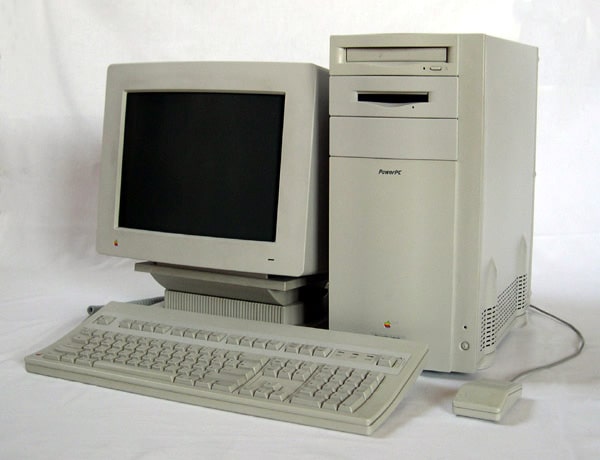
 June 19, 1995: Apple releases the Power Macintosh 9500, a high-end Mac that boasts a second-generation PowerPC chip that’s much faster than its predecessor.
June 19, 1995: Apple releases the Power Macintosh 9500, a high-end Mac that boasts a second-generation PowerPC chip that’s much faster than its predecessor.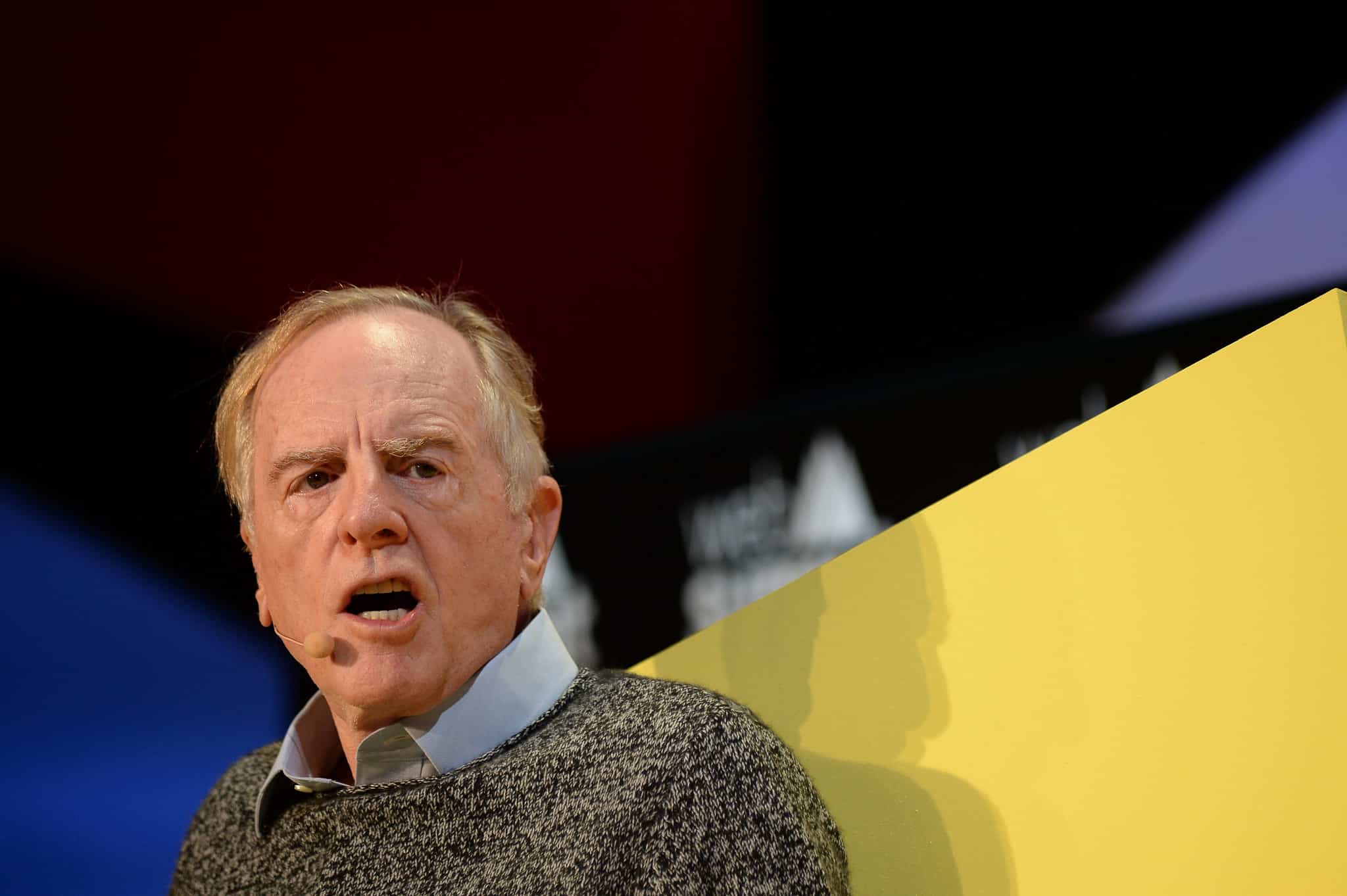
 June 18, 1993: John Sculley steps down as Apple CEO after a 10-year run.
June 18, 1993: John Sculley steps down as Apple CEO after a 10-year run.
 June 17, 1978: Steve Jobs’ first child, Lisa Brennan-Jobs, is born.
June 17, 1978: Steve Jobs’ first child, Lisa Brennan-Jobs, is born.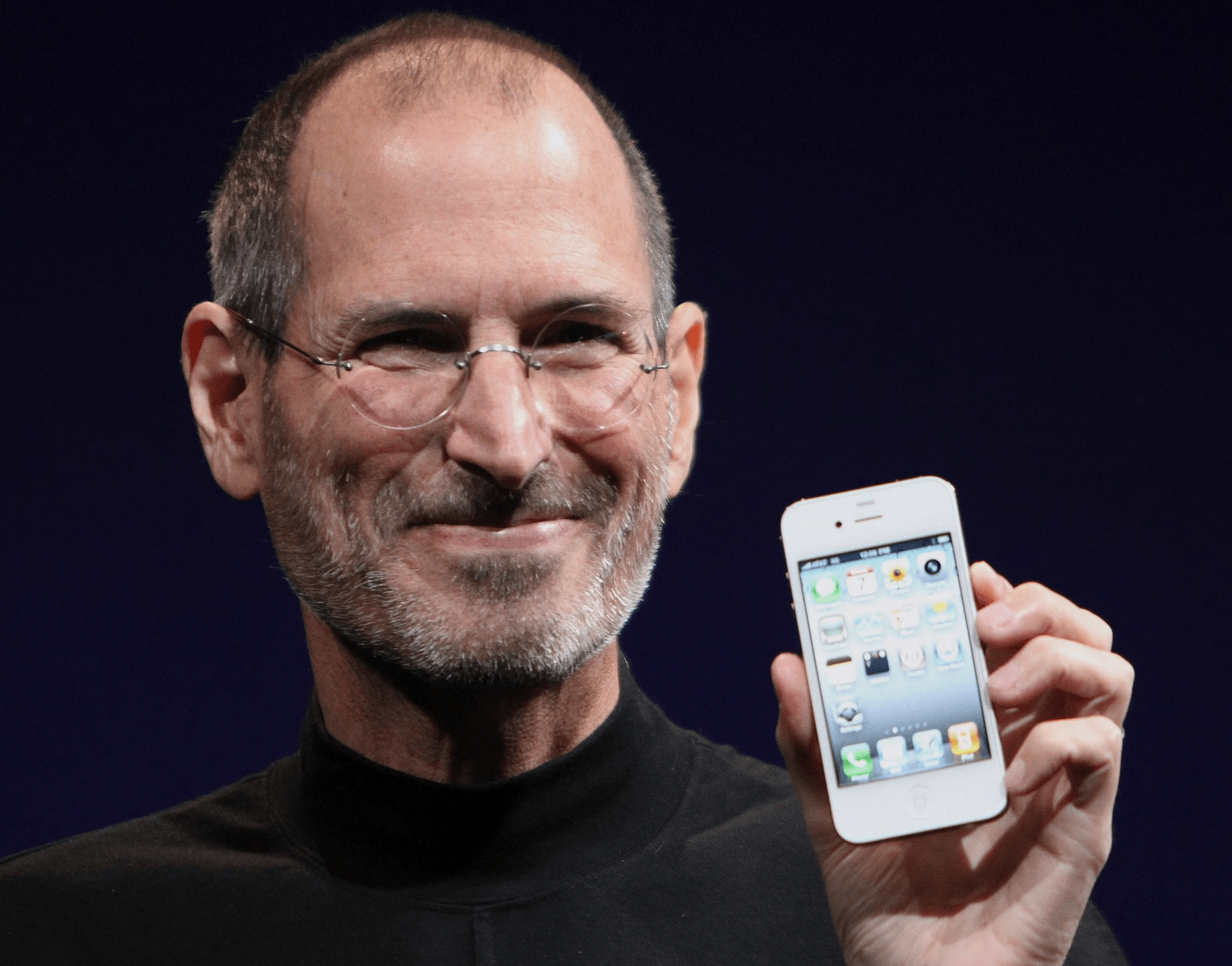
 June 16, 2010: Apple reports a massive surge of interest in iPhone 4, with 600,000 sales on the first day of preorders.
June 16, 2010: Apple reports a massive surge of interest in iPhone 4, with 600,000 sales on the first day of preorders.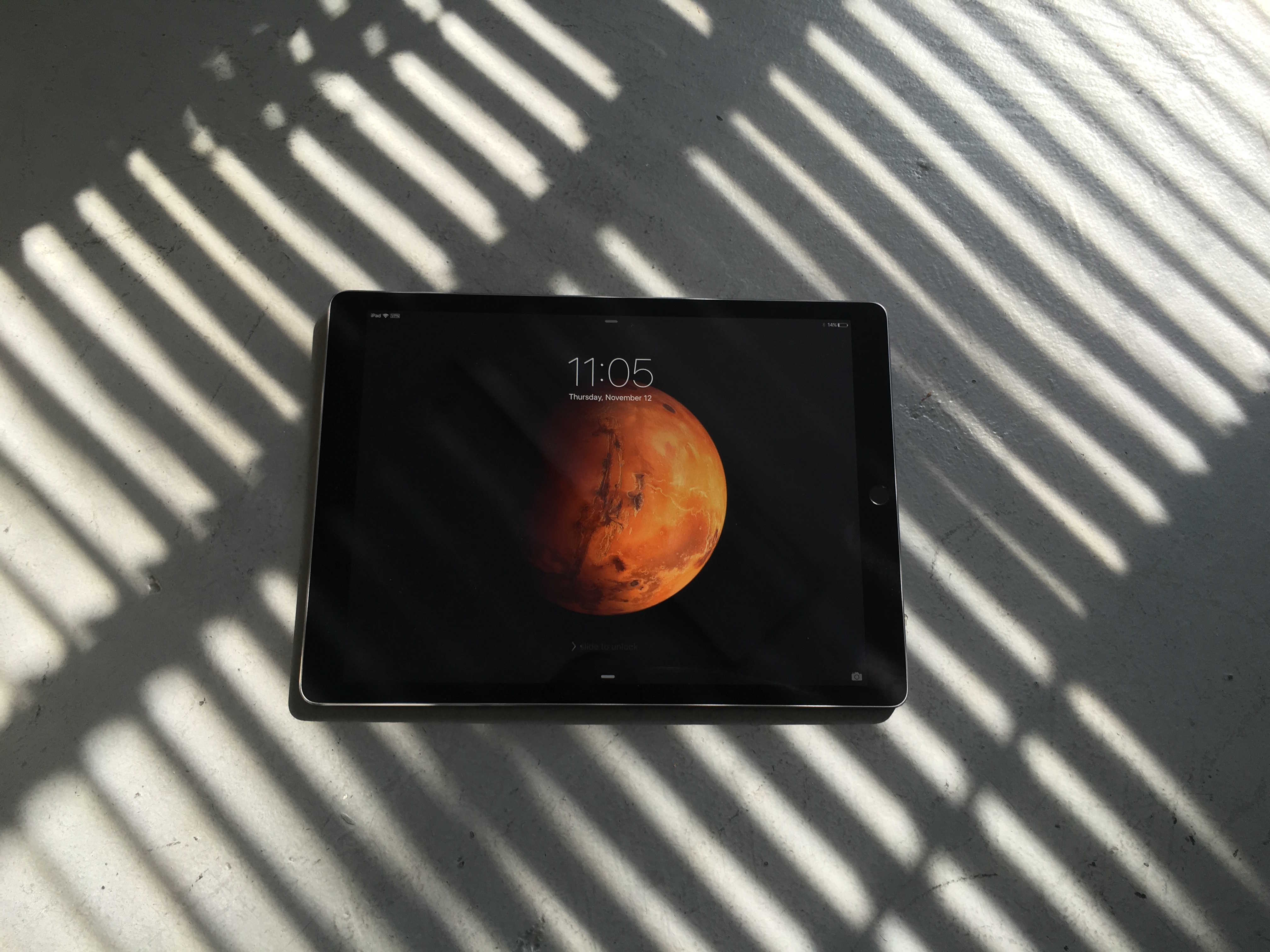
 June 15, 2011: Three people get sentenced to prison in China for leaking information about the iPad 2 prior to its release.
June 15, 2011: Three people get sentenced to prison in China for leaking information about the iPad 2 prior to its release.
 June 14, 2007: Paul McCartney sings his new song “Dance Tonight” in an iPod + iTunes ad, the latest in a series of spots starring music industry legends.
June 14, 2007: Paul McCartney sings his new song “Dance Tonight” in an iPod + iTunes ad, the latest in a series of spots starring music industry legends.
 June 13, 2013: Apple exec Eddy Cue takes the stand to defend the company’s iBooks business strategy in an antitrust case regarding e-book pricing.
June 13, 2013: Apple exec Eddy Cue takes the stand to defend the company’s iBooks business strategy in an antitrust case regarding e-book pricing.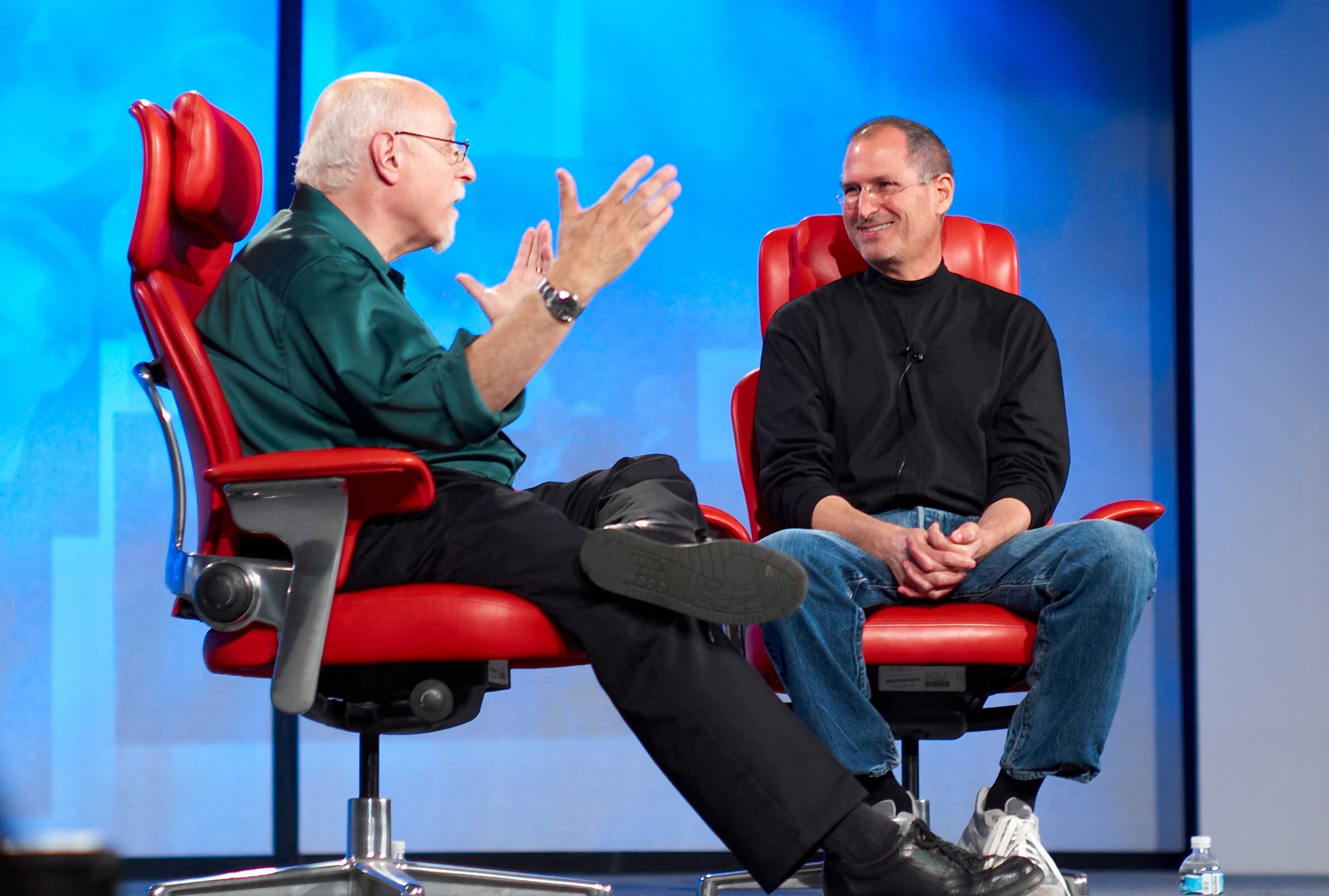
 June 12, 2007: With iPhone frenzy hitting a fever pitch in the buildup to the device’s launch, journalist Walt Mossberg sends the Apple world into a tizzy by whipping out a review unit during a speech. The Wall Street Journal columnist is one of a very small number of tech writers given early access to Apple’s revolutionary smartphone so he can put it through its paces.
June 12, 2007: With iPhone frenzy hitting a fever pitch in the buildup to the device’s launch, journalist Walt Mossberg sends the Apple world into a tizzy by whipping out a review unit during a speech. The Wall Street Journal columnist is one of a very small number of tech writers given early access to Apple’s revolutionary smartphone so he can put it through its paces.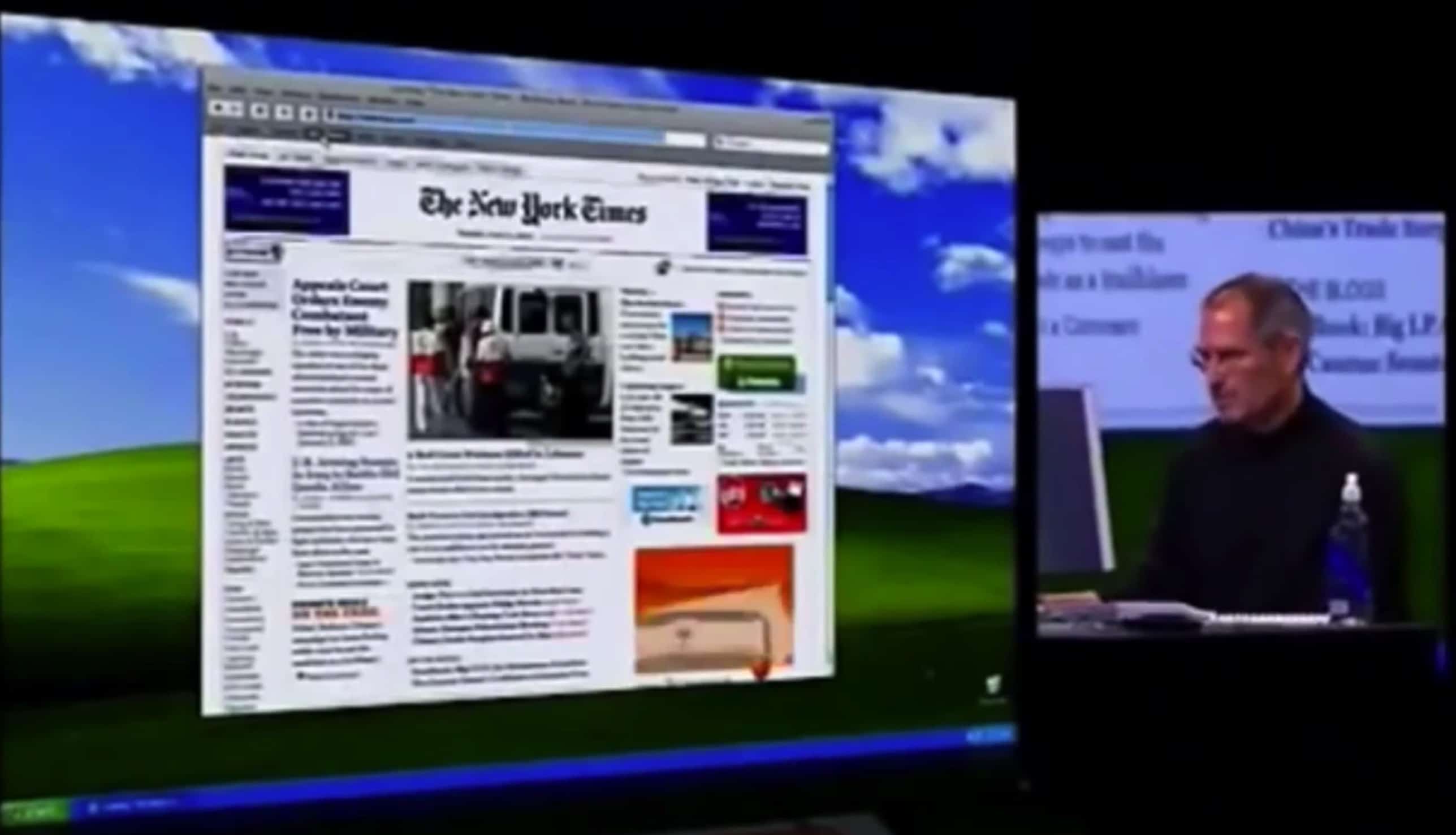
 June 11, 2007: At WWDC, Apple CEO Steve Jobs unveils Safari 3 for Windows, bringing the company’s web browser to PCs for the first time.
June 11, 2007: At WWDC, Apple CEO Steve Jobs unveils Safari 3 for Windows, bringing the company’s web browser to PCs for the first time.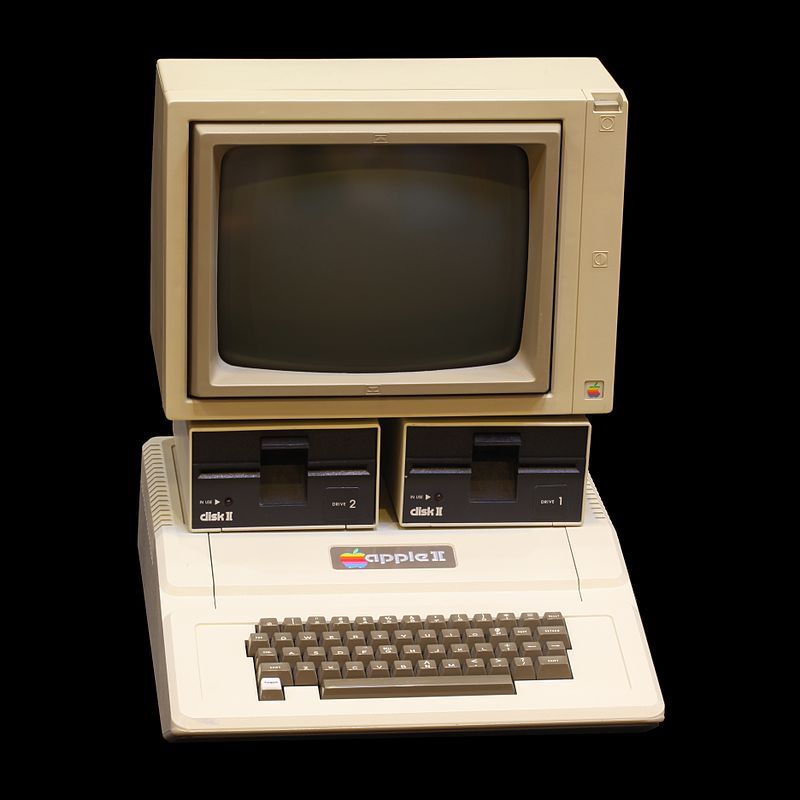
 June 10, 1977: Apple Computer Inc. ships its first Apple II computer.
June 10, 1977: Apple Computer Inc. ships its first Apple II computer.
 June 9, 2002: Apple launches its “Switch” advertising campaign, featuring real people talking about their reasons for switching from PCs to Macs. Apple’s biggest marketing effort since
June 9, 2002: Apple launches its “Switch” advertising campaign, featuring real people talking about their reasons for switching from PCs to Macs. Apple’s biggest marketing effort since 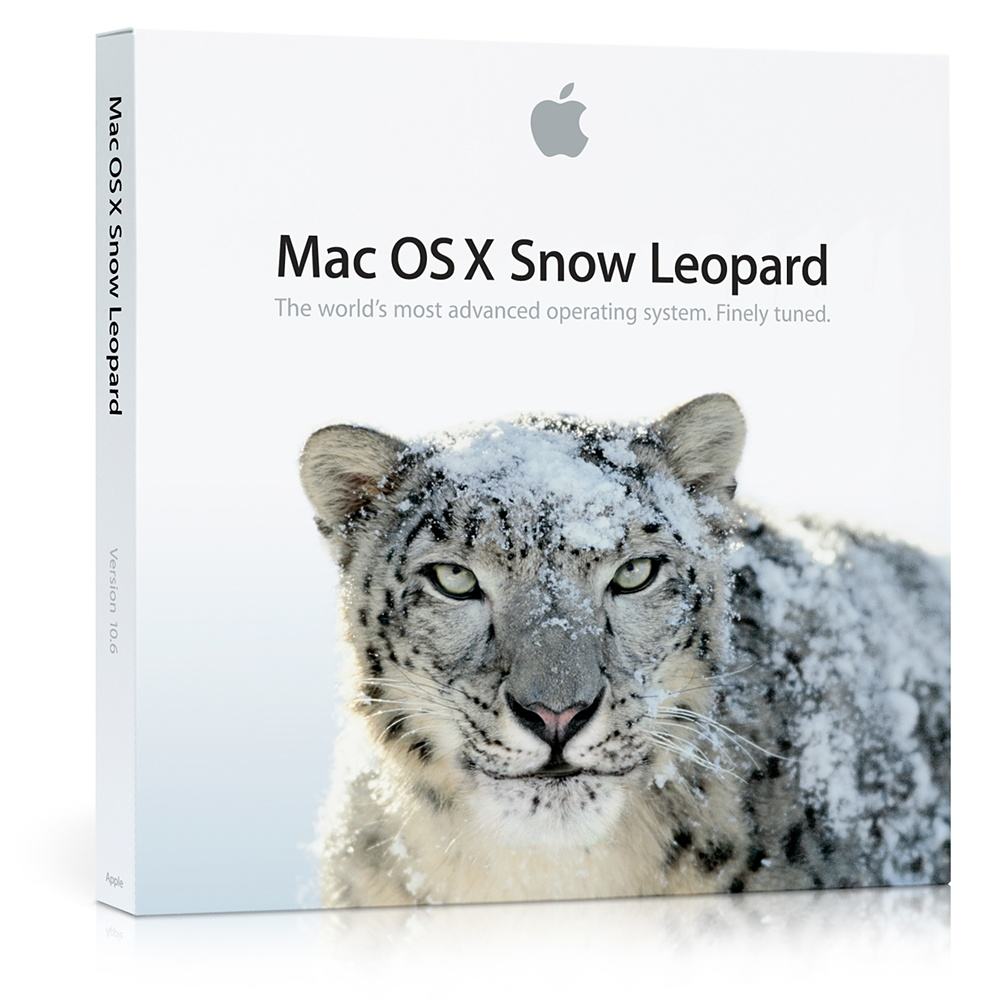
 June 8, 2009: Apple introduces OS X Snow Leopard, a version of its Mac operating system that ranks among the company’s finest desktop updates.
June 8, 2009: Apple introduces OS X Snow Leopard, a version of its Mac operating system that ranks among the company’s finest desktop updates.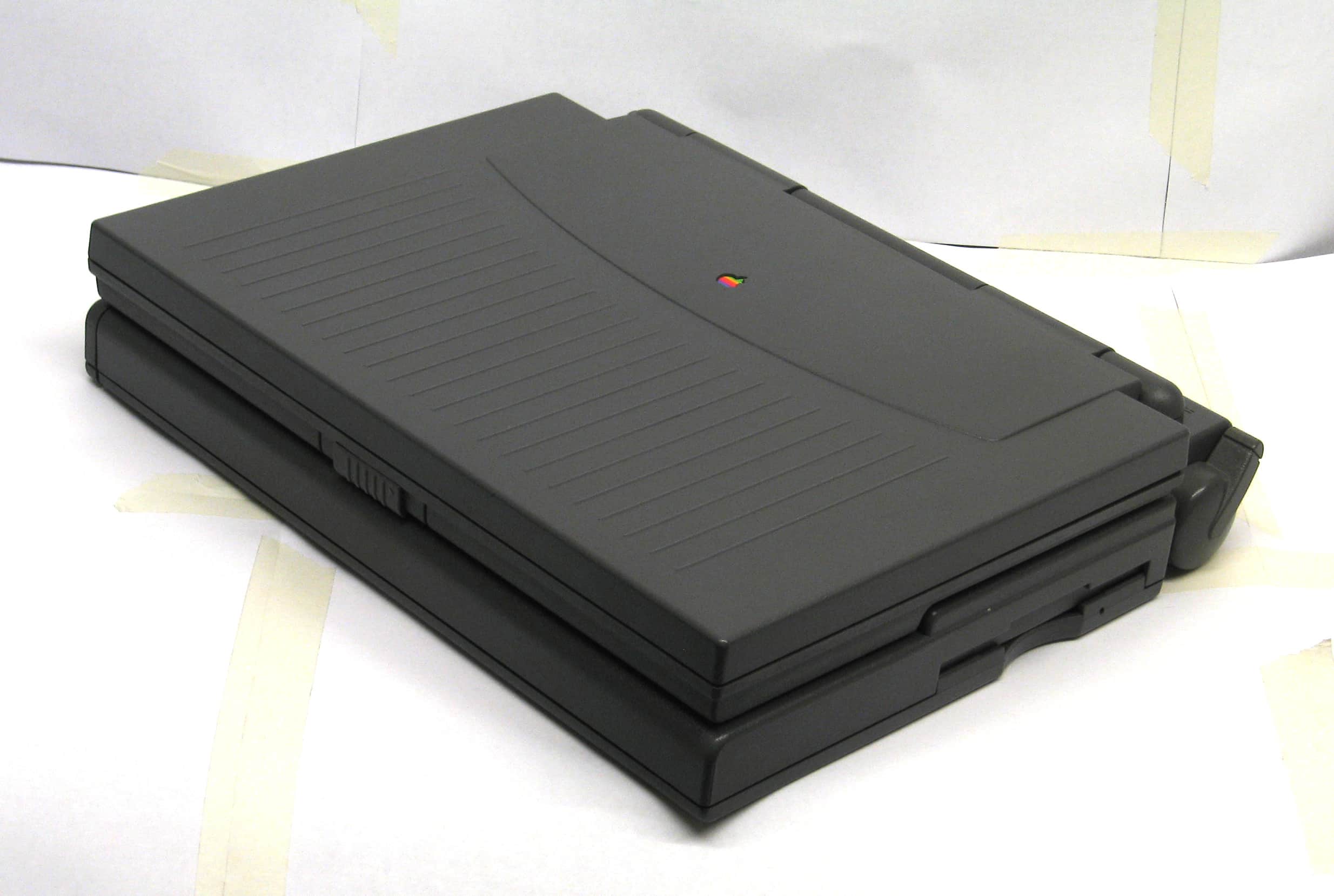
 June 7, 1993: Apple debuts the PowerBook 180c, a solid upgrade that brings a world of dazzling colors to the company’s laptop line.
June 7, 1993: Apple debuts the PowerBook 180c, a solid upgrade that brings a world of dazzling colors to the company’s laptop line.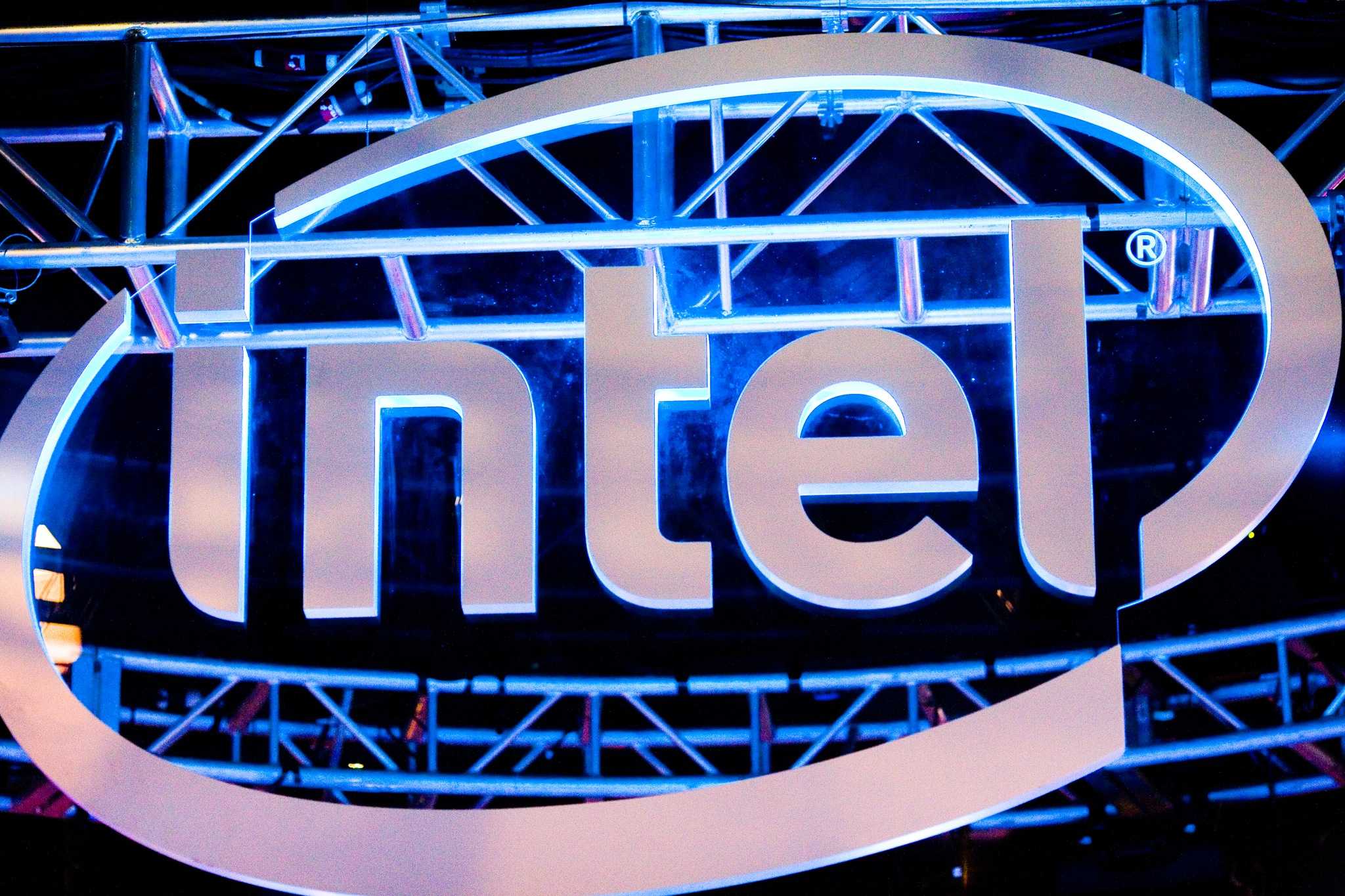
 June 6, 2005: Steve Jobs reveals that Apple will switch the Mac from PowerPC processors to Intel.
June 6, 2005: Steve Jobs reveals that Apple will switch the Mac from PowerPC processors to Intel.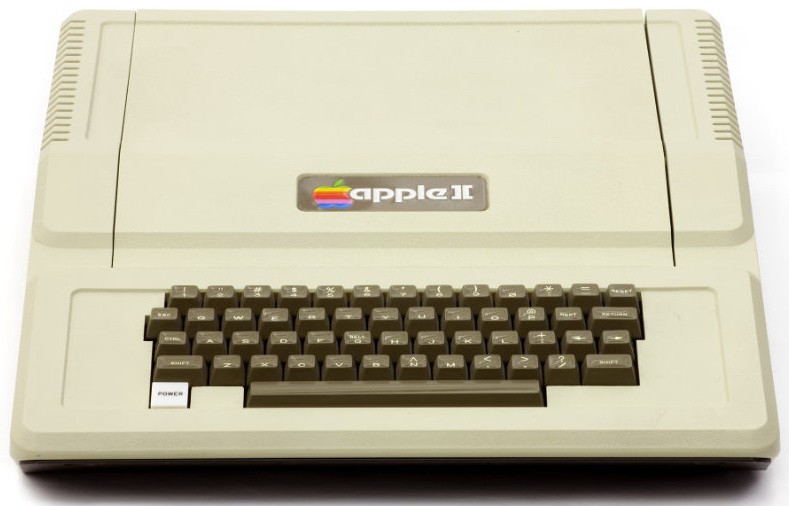
 June 5, 1977: The first Apple II, the personal computer that will put Cupertino on the map, goes on sale.
June 5, 1977: The first Apple II, the personal computer that will put Cupertino on the map, goes on sale.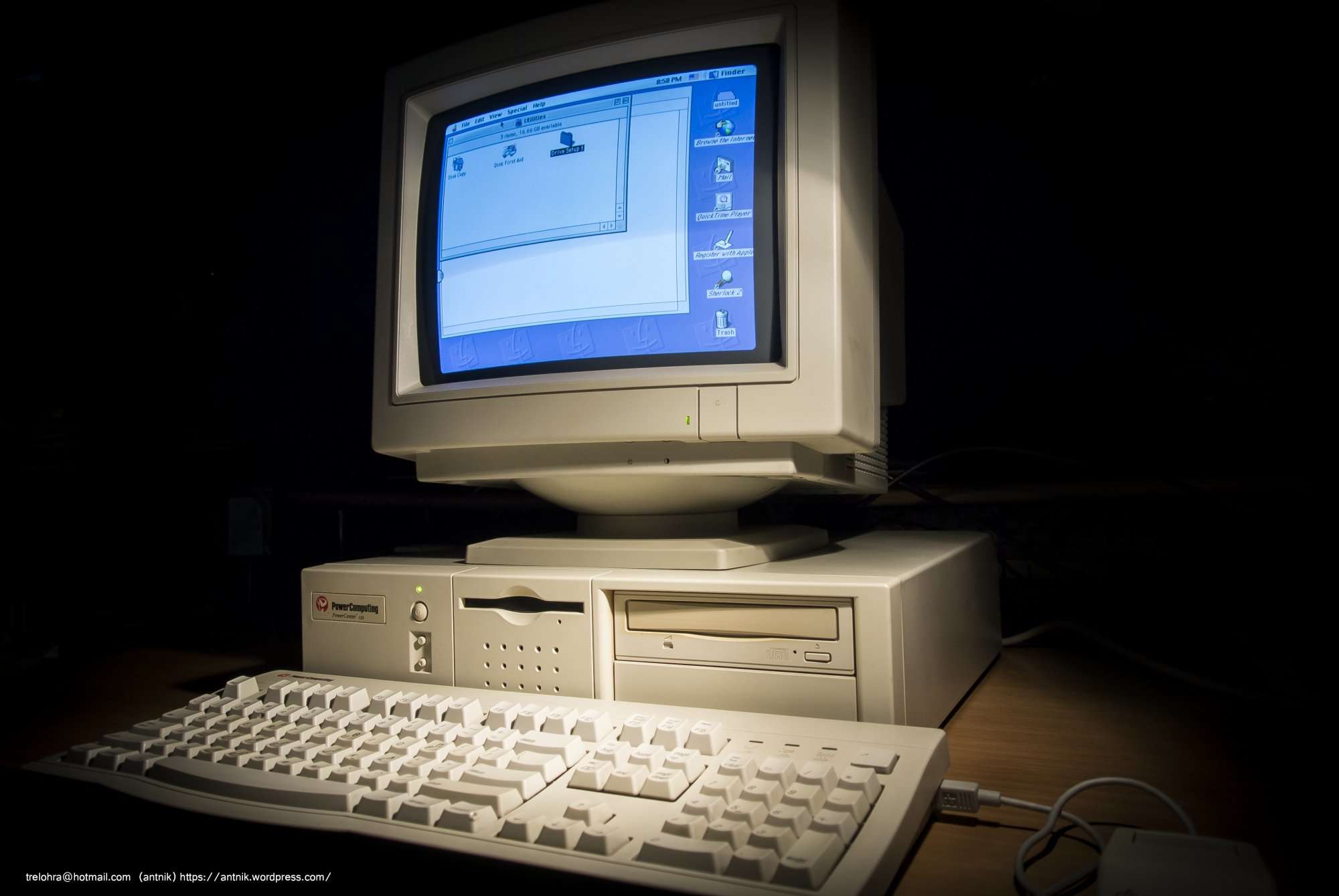
 June 4, 1997: Mac clone-maker Power Computing hits its high point — but it’s also the beginning of the end.
June 4, 1997: Mac clone-maker Power Computing hits its high point — but it’s also the beginning of the end.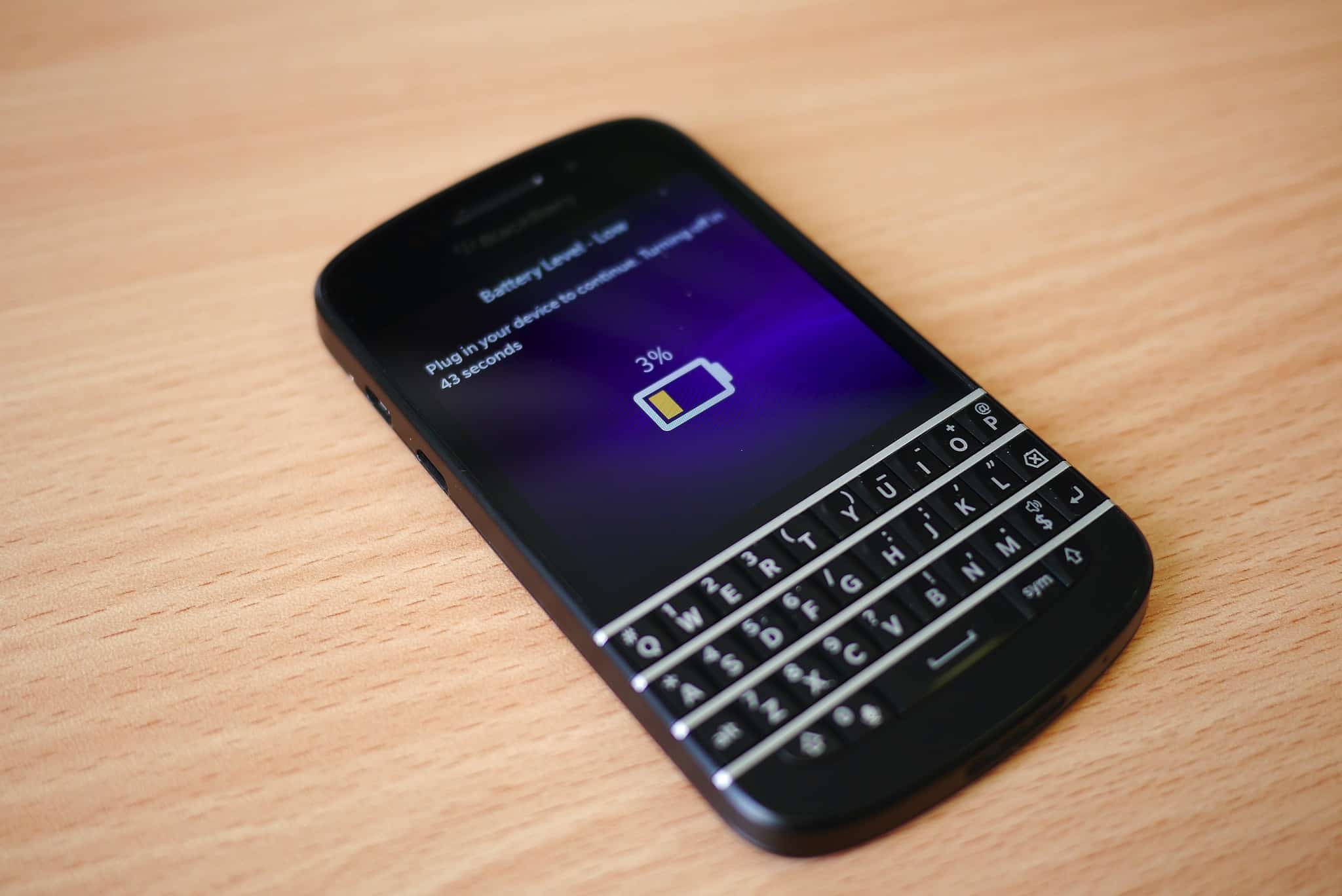
 June 3, 2011: iOS overtakes Research in Motion’s BlackBerry operating system for the first time.
June 3, 2011: iOS overtakes Research in Motion’s BlackBerry operating system for the first time.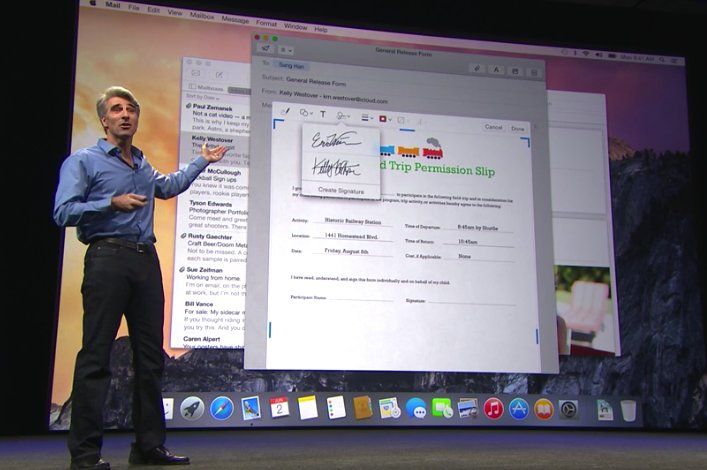
 June 2, 2014: Apple shows off OS X 10.10 Yosemite for the first time at its Worldwide Developers Conference in San Francisco. Following the Jony Ive-redesigned iOS 7, Yosemite boasts an aesthetic change that brings Apple’s desktop computers closer than ever to the look of the company’s mobile software.
June 2, 2014: Apple shows off OS X 10.10 Yosemite for the first time at its Worldwide Developers Conference in San Francisco. Following the Jony Ive-redesigned iOS 7, Yosemite boasts an aesthetic change that brings Apple’s desktop computers closer than ever to the look of the company’s mobile software.
 June 1, 1978: Apple launches the Disk II floppy drive, one of the company’s most important peripherals ever.
June 1, 1978: Apple launches the Disk II floppy drive, one of the company’s most important peripherals ever.